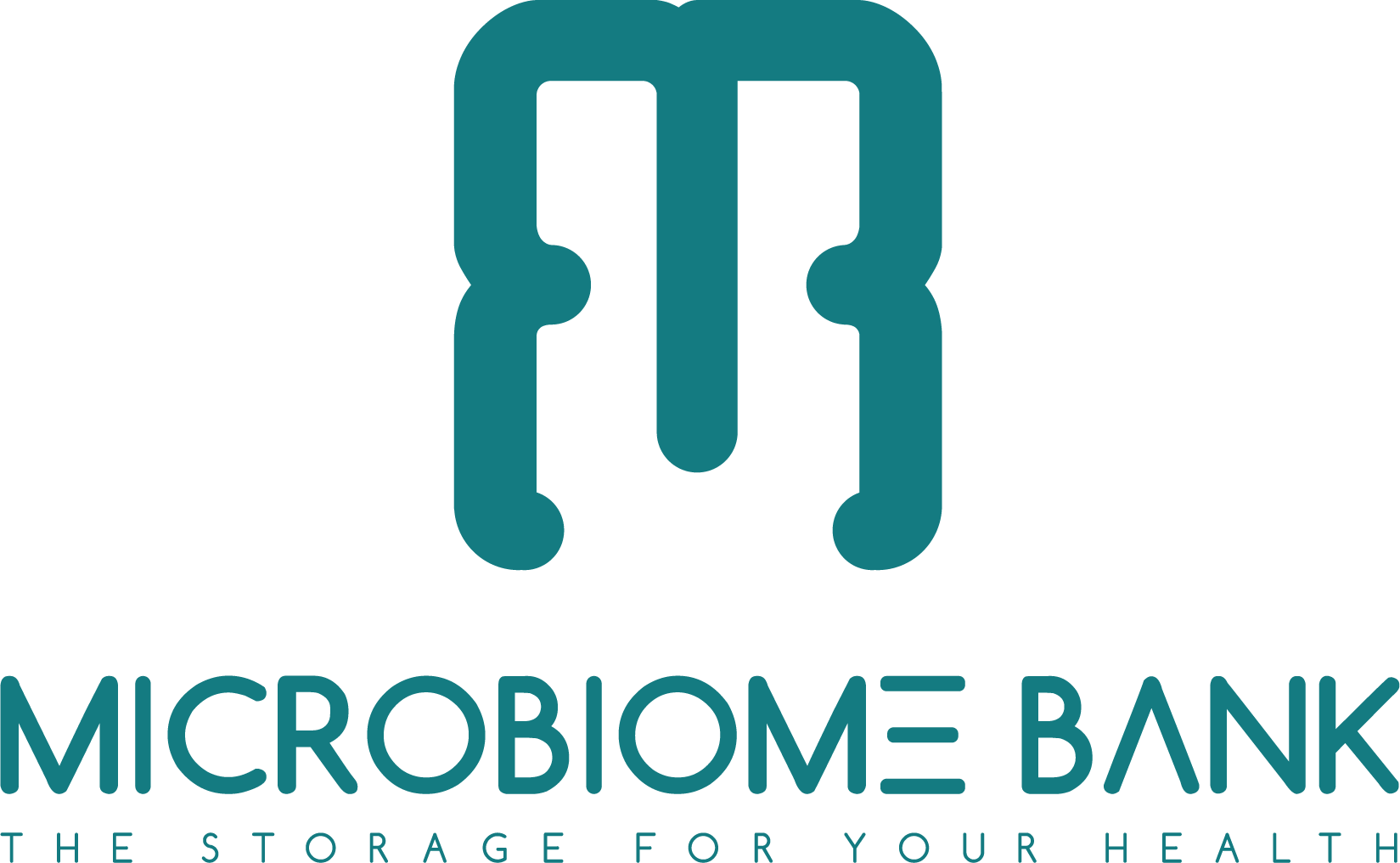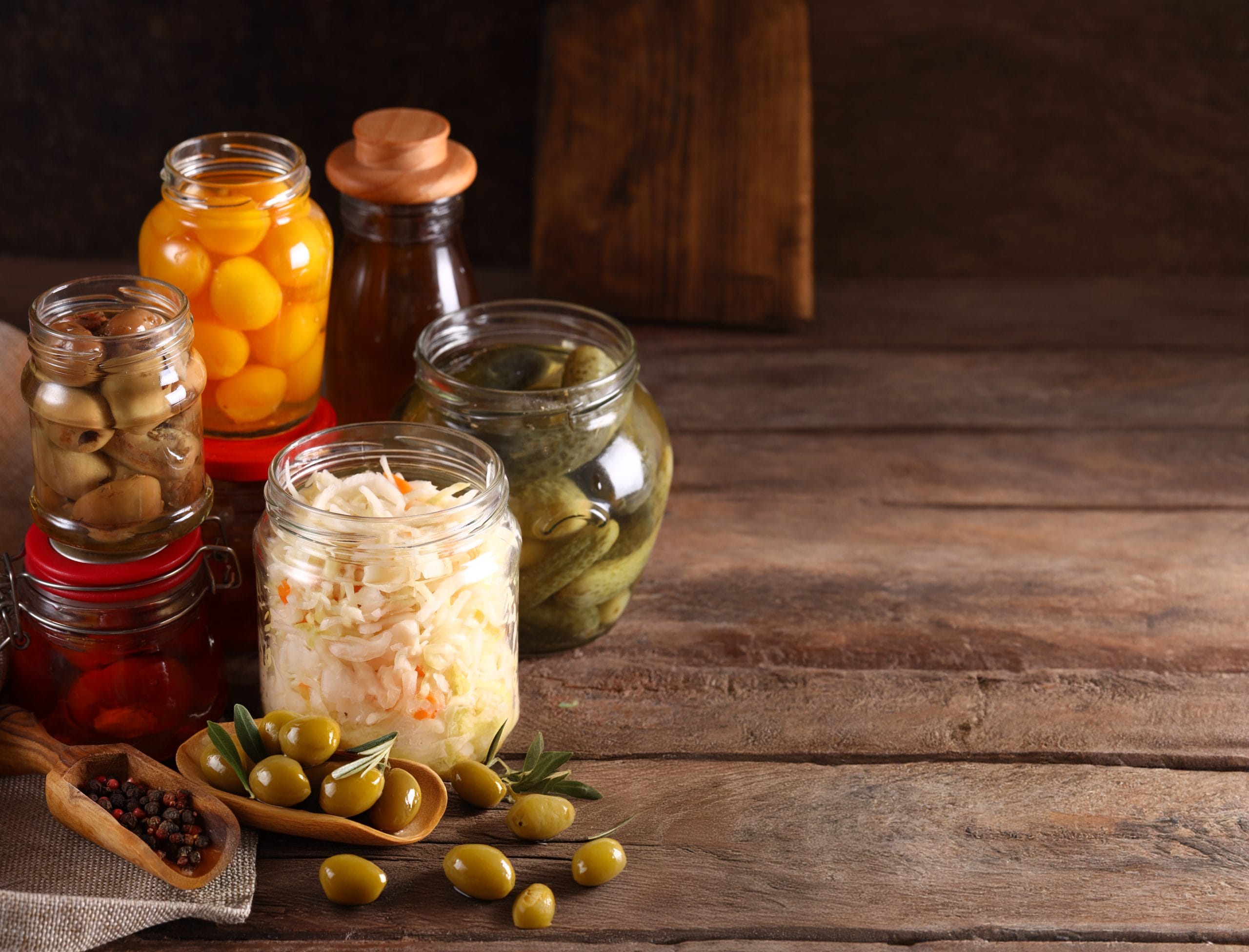The Great Fermentation Experiment
He’d eaten sauerkraut before. Occasionally bought kombucha. Maybe spread a little miso into soup. But until now, fermentation had been just flavor. Not medicine. Not a mission. That was about to change.
The more he studied the microbiota, the more one truth kept surfacing: populations with higher microbial diversity often include fermented foods in their diets. Yogurt, kefir, kimchi, natto, kvass - every culture had some form of microbial preservation. For millennia, it wasn’t optional. It was survival.
So he made a commitment: 30 days of intentional fermentation. Not supplements. Not pasteurized imitations. Real, live, bubbling food. Maybe not making, just buying.
Week one: raw sauerkraut and homemade kefir. Tangy, grounding, and surprisingly filling. By week two, he added beet kvass, fermented garlic honey, and even a hesitant spoon of natto. His kitchen started to smell like a farm lab. His fridge - like a living archive.
Then, changes. Not dramatic, but noticeable. He felt less hungry between meals. His mood seemed more stable, and his mornings started with more steady energy - even on days he skipped coffee. His skin felt calmer, though he wasn’t sure if it was the fermentation, the season, or just coincidence. The science suggested that fermented foods can reduce inflammation and support the growth of beneficial bacteria, but he reminded himself: everyone responds differently.
What surprised him most wasn’t the digestive benefit - it was the perspective shift. There was something humbling about nurturing bacteria outside the body to support those within. It made eating feel less transactional and more relational. He wasn’t just consuming microbes - he was participating in a cycle humans had relied on for millennia.
By the end of the month, he realized fermentation wasn’t just about gut health. It was about rhythm - slowing down, preparing food with intention, and remembering that health doesn’t always come from something new. Sometimes it comes from something very old.
Next week: “The Hidden Toxins Around Me” - environmental exposures, gut permeability, and the stealth enemies of microbial balance.


